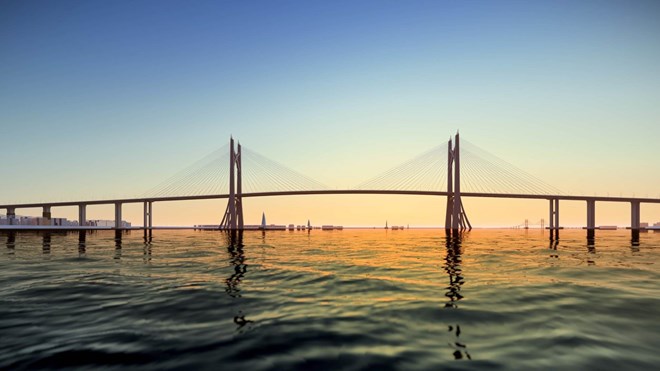
Can Gio Bridge
The Can Gio Bridge project has just been approved by the Standing Committee of the Ho Chi Minh City Party Committee to adjust the architectural design from a single-tower cable-stayed bridge to a two-tower cable-stayed bridge.
After the Prime Minister approves the project to adjust the general planning of Ho Chi Minh City to 2040, with a vision to 2060, the Ho Chi Minh City Department of Transport will complete and submit to competent authorities for approval the pre-feasibility study report of the Can Gio bridge project.
Ho Chi Minh City strives to start construction of the Can Gio Bridge project in 2025 and complete it in 2028.
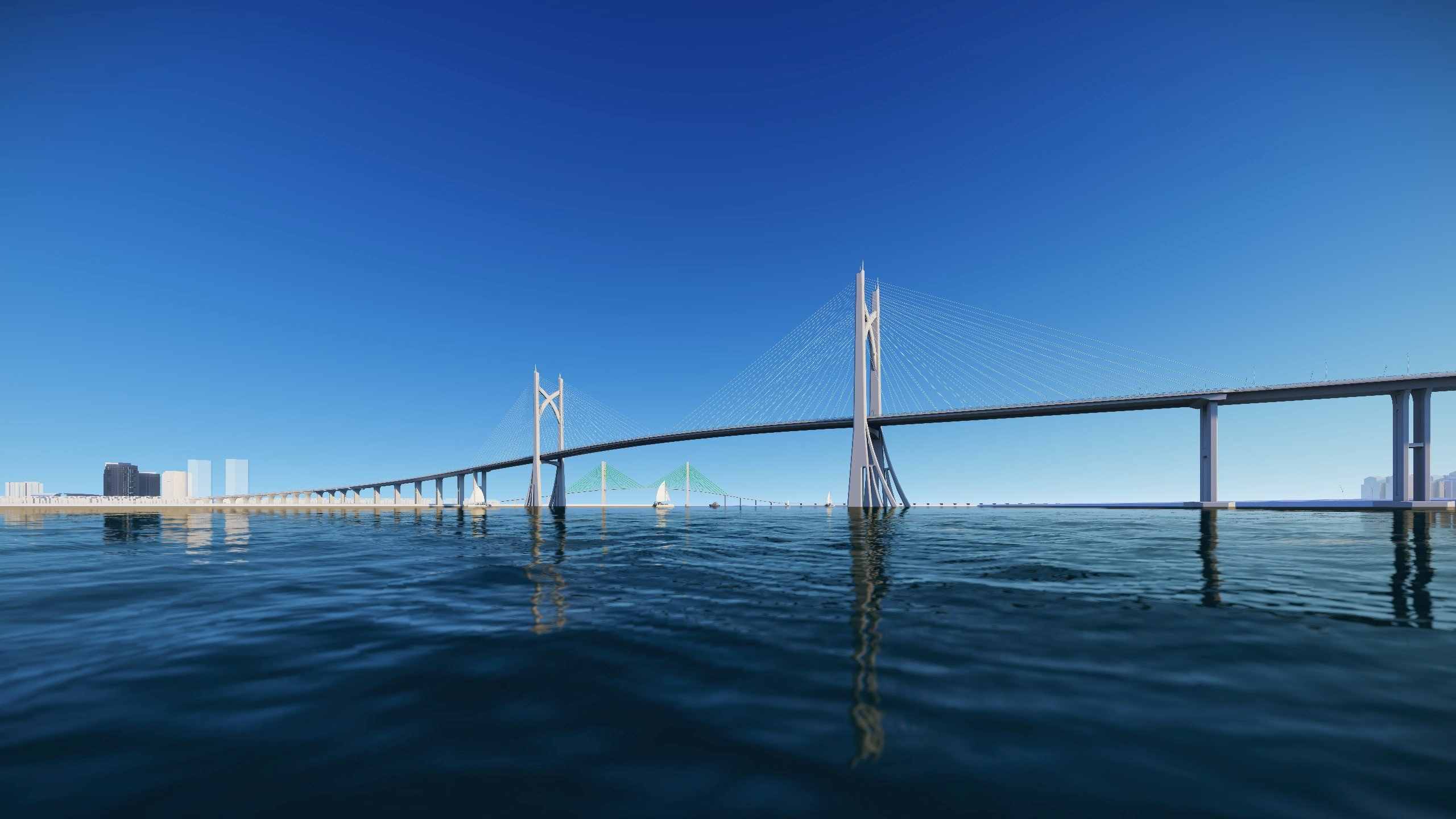
Can Gio Bridge crosses the Soai Rap River, connecting Can Gio district to Nha Be, with a total length of about 7.3km, connecting from Road 15B (parallel to Huynh Tan Phat, Nha Be district), then crossing the river to connect to Rung Sac Street in Can Gio.
The total investment capital of the project is more than 11,000 billion VND, in the form of BOT (build - operate - transfer).
When completed, the project will replace Binh Khanh ferry, connecting the only island district of Ho Chi Minh City to the central area. In addition to traffic connection, the bridge promotes the development of sea encroachment projects and Can Gio international port.
Thu Thiem Bridge 4
Thu Thiem 4 Bridge crosses the Saigon River connecting District 7 with Thu Thiem Urban Area, more than 2km long, 6 lanes.
According to the proposal, Thu Thiem 4 Bridge is designed with a main span that can be raised and lowered to facilitate ships and boats to travel on the Saigon River. The normal operating clearance is 15m and can be raised to 45m through two towers and a lifting system.
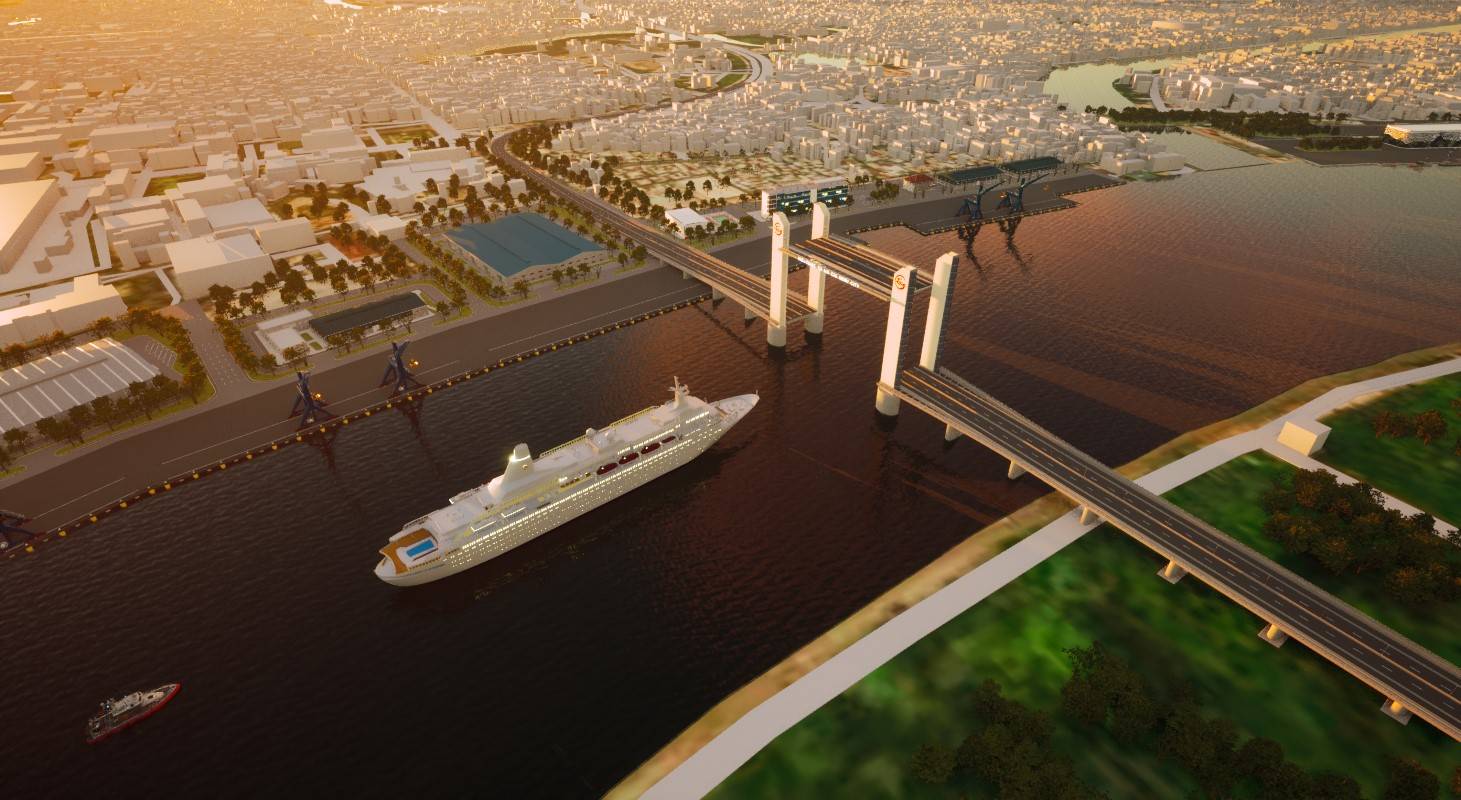
To determine the clearance and design plan for Thu Thiem 4 bridge span, Ho Chi Minh City will work with the Ministry of Transport to reach an agreement, because the above area is being studied for a plan to connect the North-South high-speed railway with the Ho Chi Minh City-Can Tho railway.
Thu Thiem 4 Bridge has a total investment of about 6,030 billion VND (including loan interest), invested in the form of BOT. The project will be submitted to the HCMC People's Council for approval of the investment policy this year and construction will start in 2025 and be completed in 2028.
Pedestrian bridge across Saigon River
The pedestrian bridge across the Saigon River connecting District 1 and Thu Duc City has a total investment of more than 1,000 billion VND, 100% sponsored by enterprises.
The bridge is 500m long, located between Ba Son Bridge and Saigon River Tunnel. The bridge head on the District 1 side is located in Bach Dang Port Park area and closest to Nguyen Hue walking street. The Thu Duc City side is located at the Riverside Park.
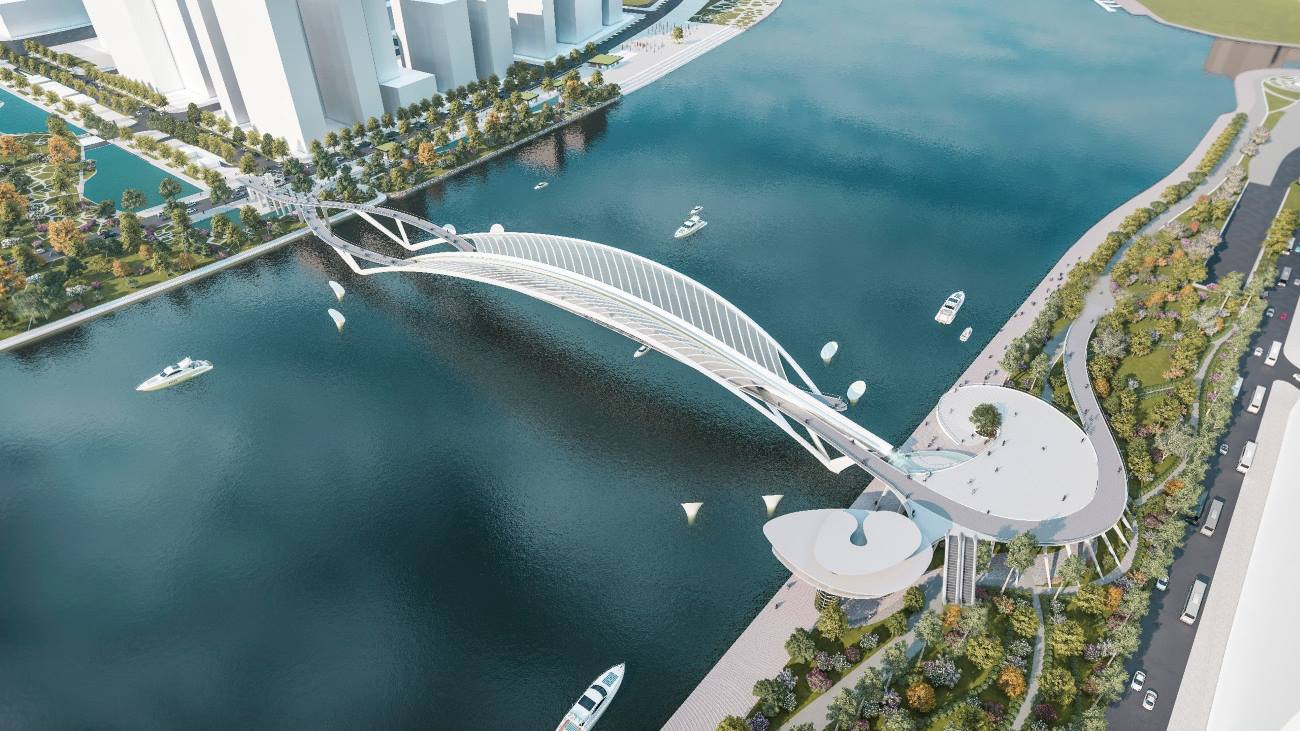
The bridge will be shaped like a water coconut leaf - a familiar image of the South. In addition to serving pedestrians, the bridge will also have lanes for bicycles and people with disabilities.
The sponsor is completing the documents and is expected to submit the project to the Ho Chi Minh City People's Committee for approval in July this year. Ho Chi Minh City aims to start construction of the pedestrian bridge across the Saigon River on April 30, 2025.
Nguyen Khoi Bridge and Road
Nguyen Khoi Bridge and Road has a total capital of more than 3,700 billion VND, nearly 5km long (the bridge is about 2.5km long, 6.5 - 25.5m wide and the road is more than 2.3km long, 26.5 - 61.5m wide).
The project will start from D1 Street (connecting Saigon University with Nguyen Van Linh Street and Him Lam residential area, District 7), then the main bridge over Te Canal will be elevated by an overpass along Nguyen Khoi Street. The bridge will continue to cross Ben Nghe Canal to connect to Vo Van Kiet Street.
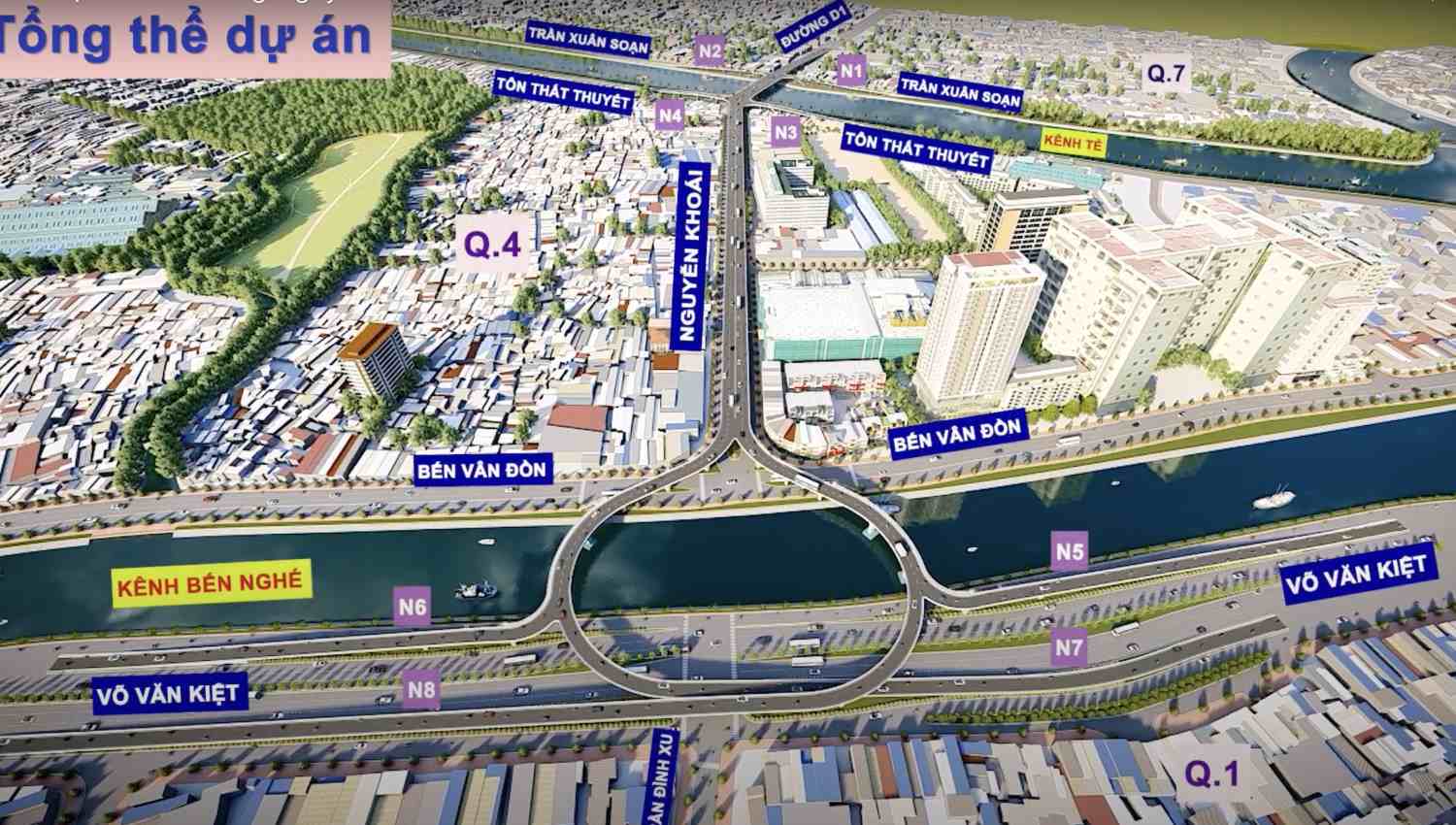
The bridge has 2 branches connecting Tran Xuan Soan Street (District 7), 2 branches connecting Ton That Thuyet Street (District 4) and 4 branches connecting Vo Van Kiet Street (District 1).
When completed, the project will help vehicles run across the 2.5km bridge from District 7 to District 1 and vice versa. The project will start construction at the end of this year and be completed in 2027.
Binh Tien Bridge and Road
The Binh Tien bridge project is 3.2km long and 30-40m wide. The project starts at the Binh Tien - Pham Van Chi intersection (District 6), then crosses Vo Van Kiet Avenue, Tau Hu Canal, Cay Sung Street (District 8), Doi Canal, Ta Quang Buu Street, and runs through Binh Hung residential area before connecting to Nguyen Van Linh Avenue (Binh Chanh District).
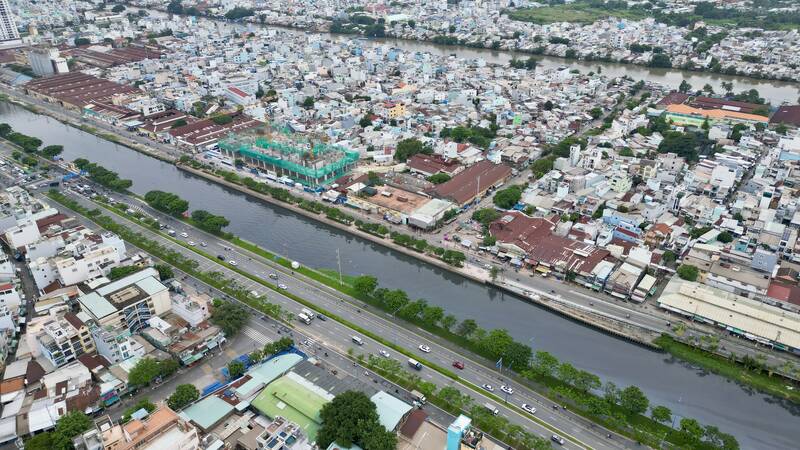
The total investment of the project is over 6,200 billion VND under the BOT form. Recently, the Ho Chi Minh City Department of Transport has approved the plan to select a consulting contractor and prepare a pre-feasibility study report to prepare for implementation.
According to the plan, Binh Tien bridge and road is expected to start construction at the end of 2025 and be completed in 2028, helping to create a new road axis from the center of Ho Chi Minh City to Nguyen Van Linh Street, thereby connecting National Highway 50, National Highway 1, Ben Luc - Long Thanh Expressway, and Ho Chi Minh City Ring Road 3.
Source: https://laodong.vn/xa-hoi/tphcm-sap-xay-5-cay-cau-huyet-mach-hon-28000-ti-dong-1358473.ldo


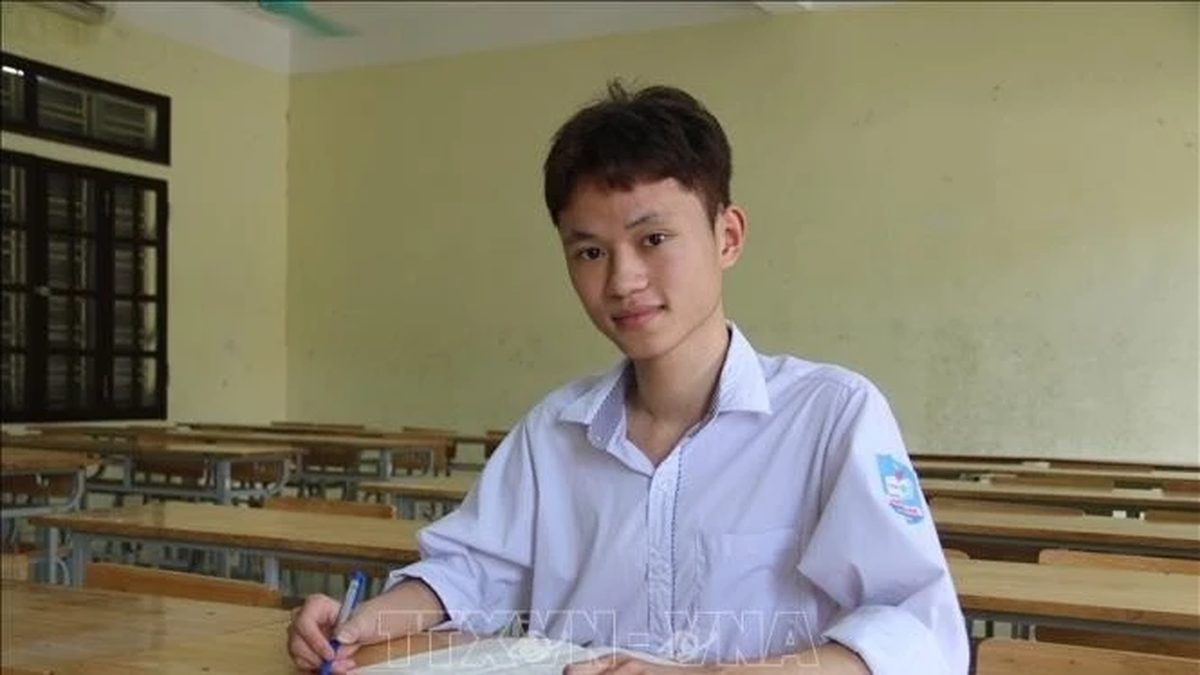
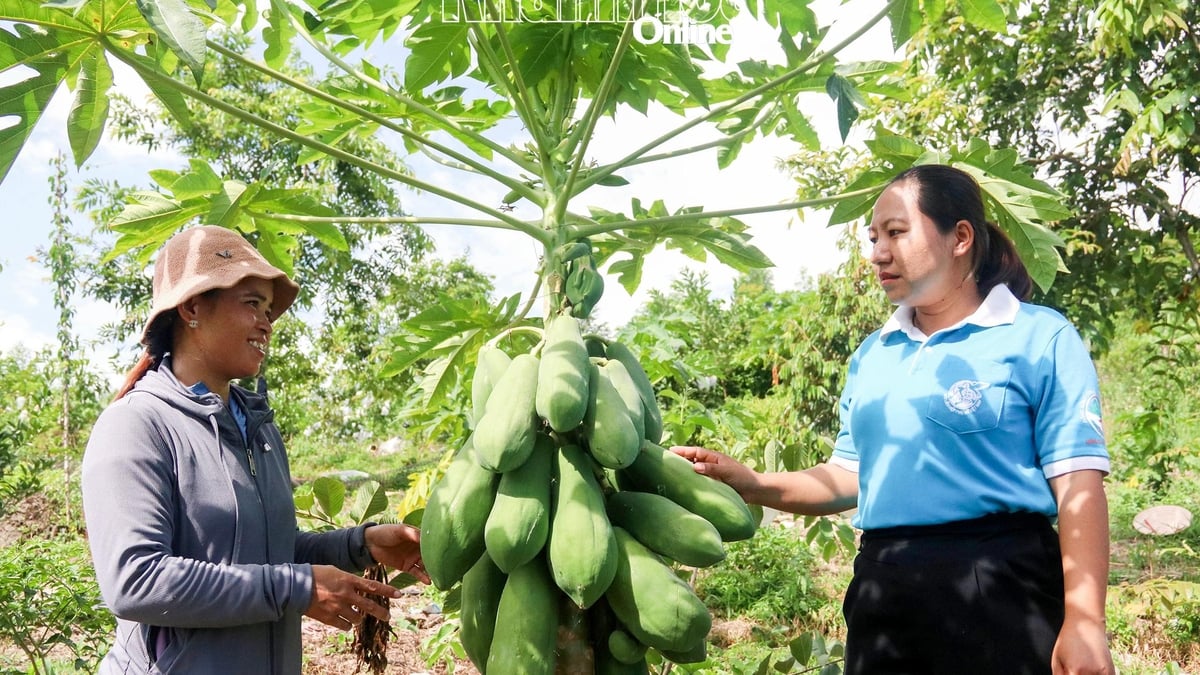

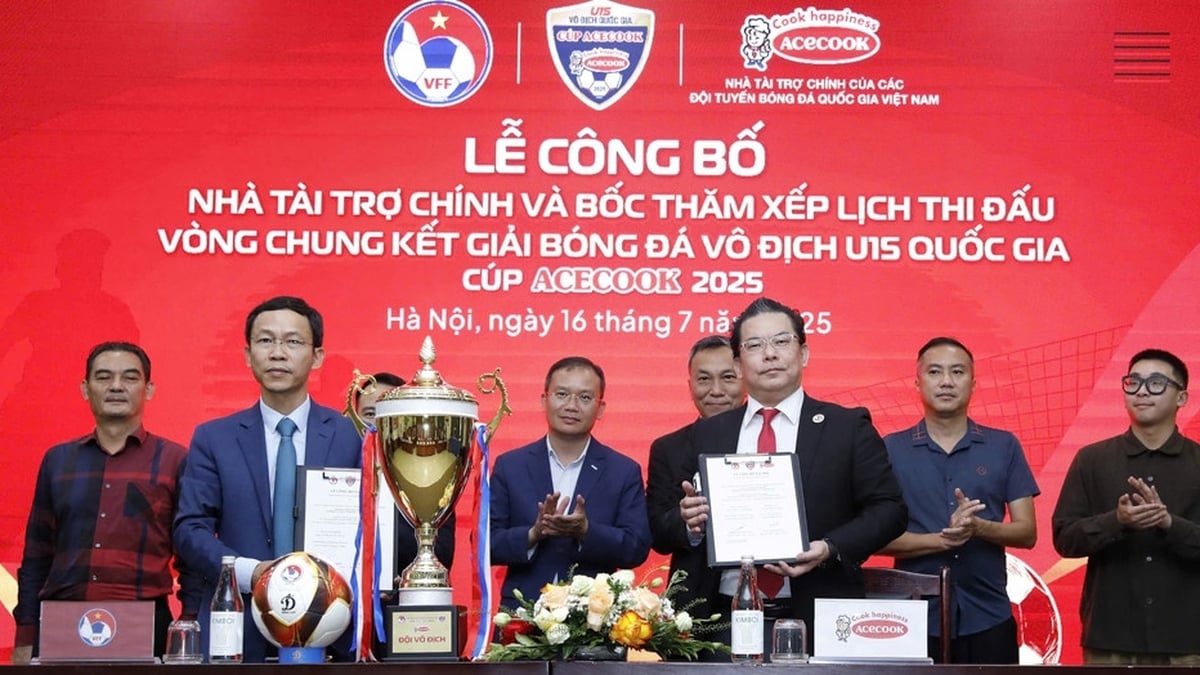

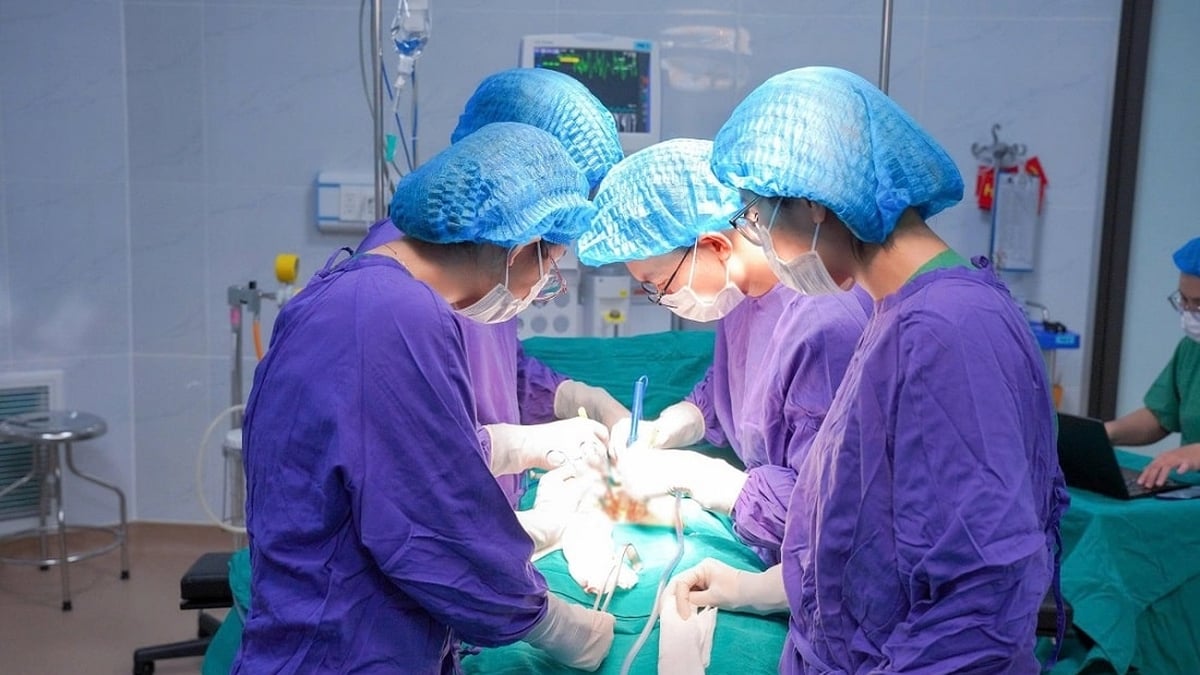

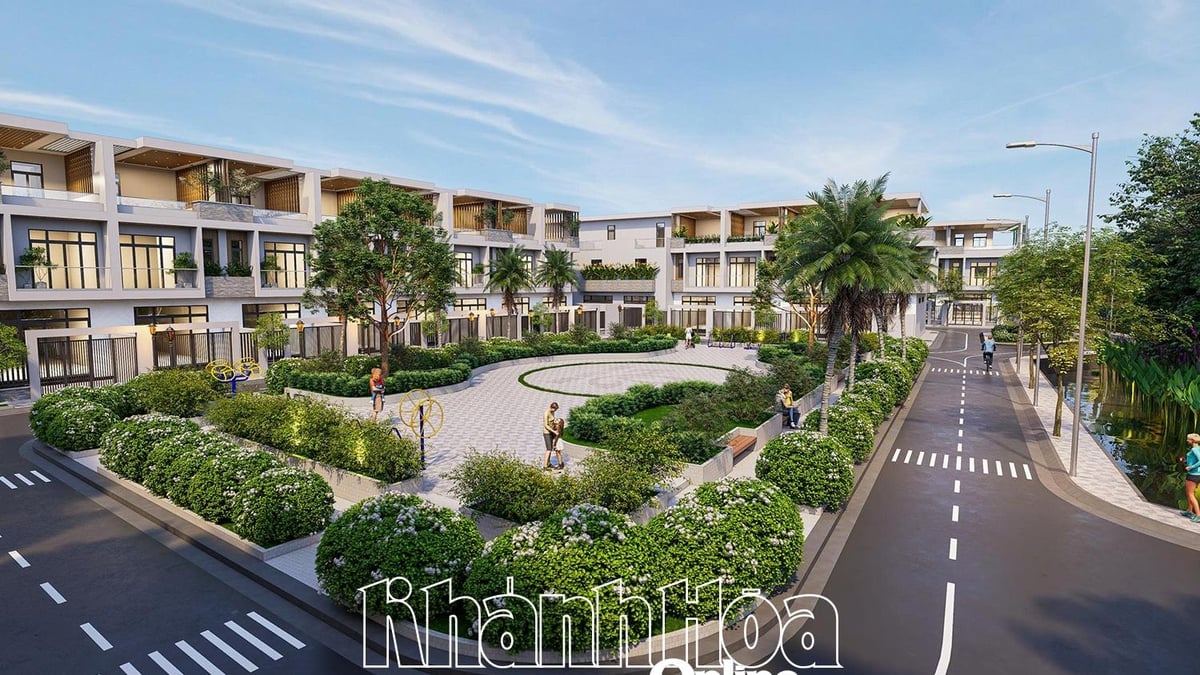
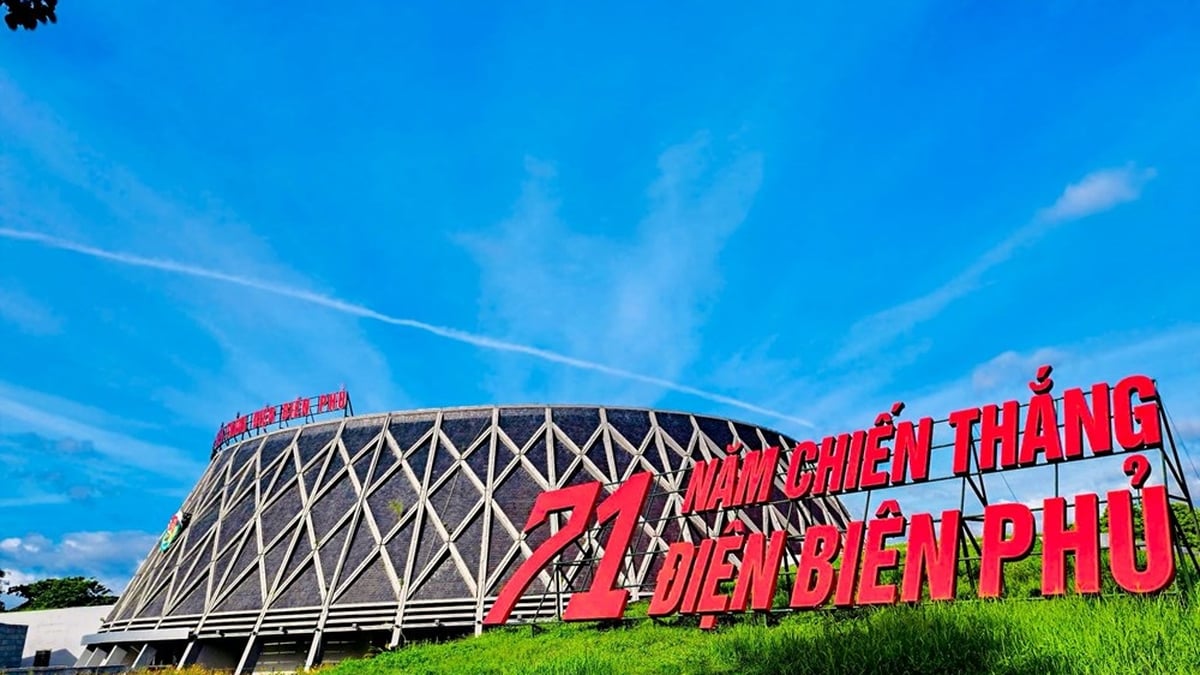
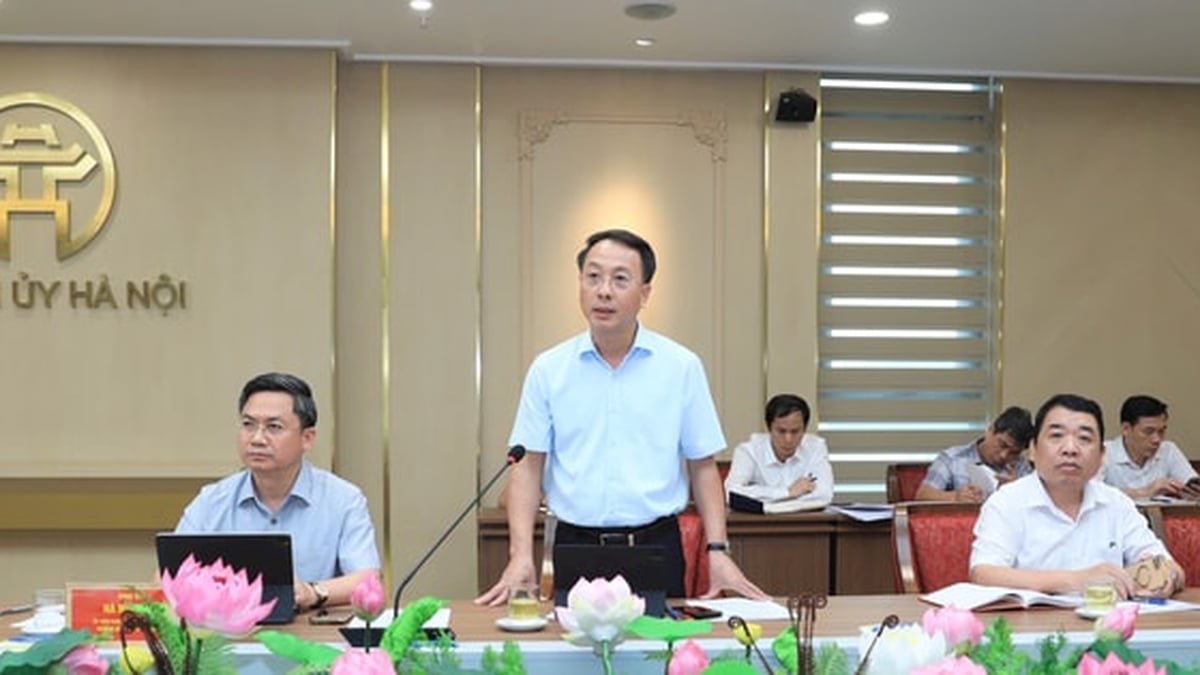







































![[Maritime News] More than 80% of global container shipping capacity is in the hands of MSC and major shipping alliances](https://vphoto.vietnam.vn/thumb/402x226/vietnam/resource/IMAGE/2025/7/16/6b4d586c984b4cbf8c5680352b9eaeb0)













































Comment (0)